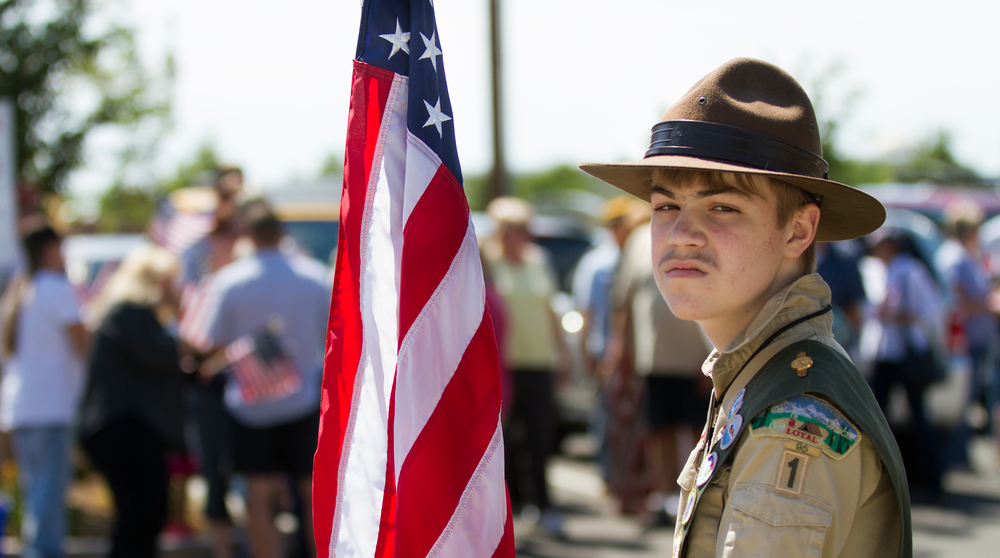Summary:
- The Boy Scouts of America emerged from bankruptcy with a $2.4 billion reorganization plan to compensate sexual abuse survivors while continuing operations.
- The organization is implementing new safety measures and rebranding as “Scouting America” to become more inclusive and relevant to today’s youth.
- Under new leadership, the BSA aims to double membership within five years, focusing on outdoor activities and high adventure camps.
The Boy Scouts of America (BSA) has recently emerged from a tumultuous period marked by bankruptcy and widespread allegations of sexual abuse. This article examines the organization’s journey through its bankruptcy proceedings, the resulting changes, and its plans for the future.
Background and Bankruptcy Filing
Founded in 1910, the BSA filed for Chapter 11 bankruptcy in February 2020 in response to a flood of lawsuits from individuals alleging sexual abuse during their time in scouting. The bankruptcy aimed to equitably compensate victims while ensuring the continuation of the scouting mission.
Key Issues in the Bankruptcy Plan
The Reorganization Plan
In March 2023, a federal judge upheld the BSA’s $2.4 billion bankruptcy reorganization plan. This plan allows the organization to continue operations while compensating over 80,000 men who filed sexual abuse claims.
Funding the Settlement
The $2.4 billion Victims Compensation Trust is funded through contributions from various sources. The BSA and local councils have made significant contributions, while insurance companies have played a major role. Notably, Century Indemnity and The Hartford have contributed $800 million and $787 million, respectively.
Compensation Process
The trust has begun disbursing payments to claimants. Those opting for expedited claims receive $3,500 each, while other claimants are required to complete detailed questionnaires and submit supporting documentation for their claims to be evaluated.
Legal Challenges
Despite the plan’s approval, it continues to face legal challenges. A group of abuse survivors sought to block the plan, arguing that it unfairly prevents them from suing local councils and other scouting-related entities. Although the Supreme Court declined to halt the bankruptcy plan, an appeal is currently under review by the 3rd US Circuit Court of Appeals.
Future Prevention Measures
The BSA has implemented several measures to enhance youth safety. These include mandatory background checks for all staff and volunteers, as well as required youth protection training. The organization has also instituted a ban on one-on-one interactions between adults and children. To facilitate reporting of suspected abuse, the BSA has established a 24/7 hotline and email address.
Leadership and Future Direction
In November 2023, Roger Krone, a retired businessman and Eagle Scout, was appointed as the new president and CEO of the BSA. Krone’s vision for the organization is ambitious, aiming to double membership within five years. He plans to achieve this by expanding high adventure camps across the country and emphasizing outdoor activities to make scouting more relevant to today’s youth.
Rebranding to Scouting America
In a significant move towards inclusivity, the BSA announced plans to change its name to Scouting America, effective February 8, 2025, coinciding with the organization’s 115th anniversary. This rebranding effort aims to attract a more diverse membership, including girls and LGBTQ+ youth, while addressing criticisms of exclusivity.
The name change builds on previous inclusivity efforts, such as allowing girls to join in 2018 and welcoming LGBTQ+ youth and leaders in 2013 and 2015, respectively.
Lessons Learned and Ongoing Challenges
This case highlights several important lessons for youth organizations. It underscores the critical importance of robust prevention policies and their consistent implementation.
The BSA’s experience also emphasizes the need for transparency in handling abuse allegations and the challenge of balancing organizational survival with victim compensation. Perhaps most significantly, it demonstrates the long-term reputational and financial consequences of failing to address abuse effectively.
Conclusion
The Boy Scouts of America stands at a pivotal juncture as it emerges from bankruptcy and seeks to rebuild its reputation and membership.
With new leadership, enhanced safety measures, and a rebranding effort, the organization aims to create a more inclusive and safe environment for all youth. The path forward will require continued commitment to these goals and addressing the concerns of survivors and other stakeholders.
For more information on the BSA’s restructuring and safety measures, interested parties can visit the organization’s official restructuring website at www.bsarestructuring.org.



